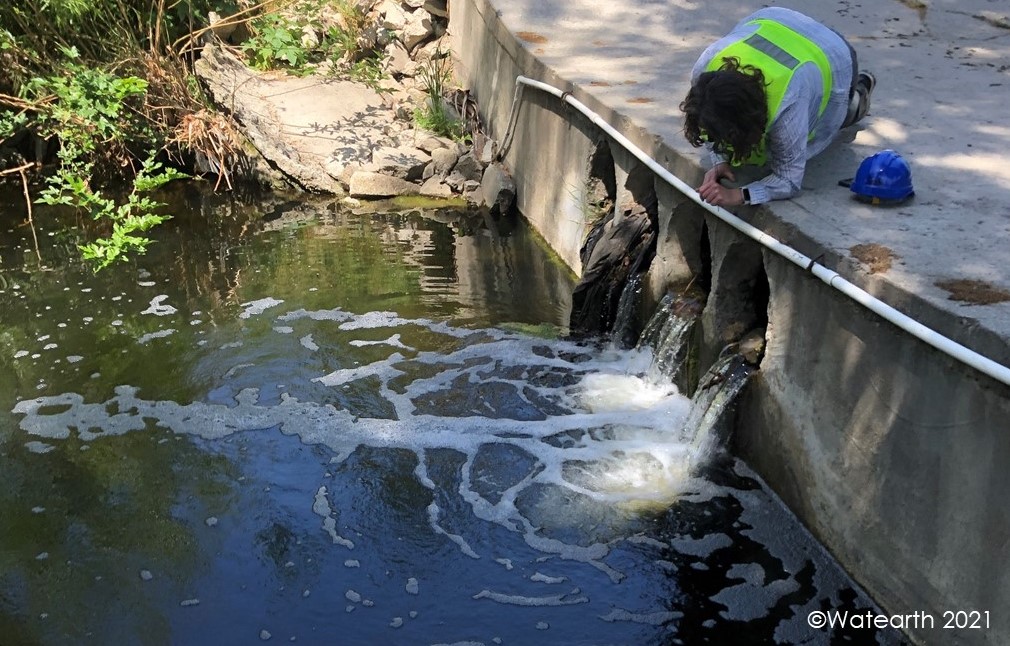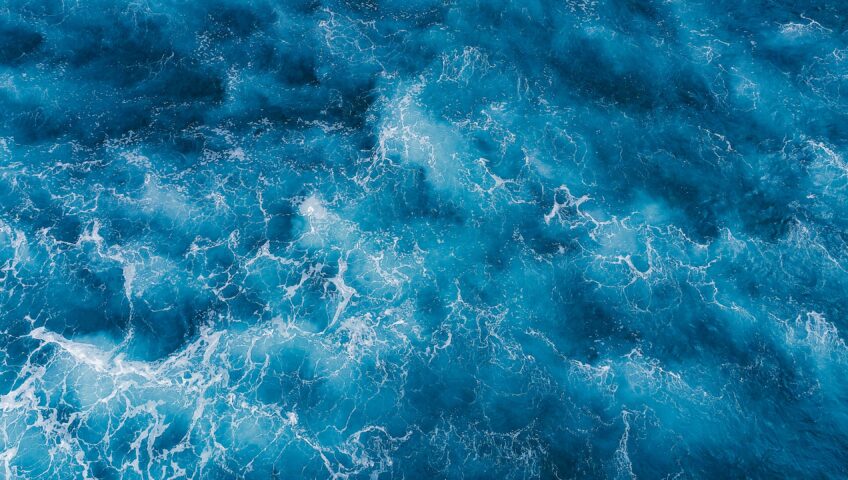Water is a precious resource and a fundamental human need, yet it is often taken for granted although extraordinarily little of it is clean and safe enough for use. Over 7 billion people need drinking water, and industry, agriculture, and ecosystems need clean, safe water as well. Water can come from surface water (lakes, rivers, reservoirs) or groundwater such as aquifers which means water quality directly impacts water supply. Sewage, manufacturing processes, and industrial uses can contaminate water. Chemicals such as landscaping fertilizers, pesticides, and other chemicals used in manufacturing or industry can also affect water quality. Other water contaminants can come from livestock and dog parks. Manufacturing can introduce heavy metals such as cyanide and lead (CDC). Additionally, heavy sediment loads from unstable sites and construction sites without proper sediment controls can diminish water quality. Trash also affects water quality, particularly as it breaks down.
Water quality is established by using the physical, chemical, and biological characteristics of water to determine its suitability for a particular use (USGS). According to the United States Geological Survey (USGS) the “dissolved solids concentration in water is the sum of all the substances, organic and inorganic, dissolved in water” and is referred to as “total dissolved solids or TDS.” Common dissolved solids include calcium, magnesium, sodium, potassium, bicarbonate, sulfate, chloride, nitrate, and silica (USGS). The concentration of dissolved solids affects water quality and can make water unsuitable for some uses.
Total maximum daily loads (TMDLs) are also used to determine and improve water quality. According to the EPA, a TMDL is the “calculation of the maximum amount of a pollutant allowed to enter a waterbody so that the waterbody will meet and continue to meet water quality standards for that particular pollutant” (EPA). TMDLs can be used to determine how much of a particular pollutant needs to be removed from a body of water to improve the quality. States use TMDLs to ensure the appropriate action is taken to improve impaired waters. A TMDL is used to “determine the loading capacity of the waterbody and to allocate that load among different pollutants sources so that the appropriate control actions can be taken and water quality standards achieved” (EPA).
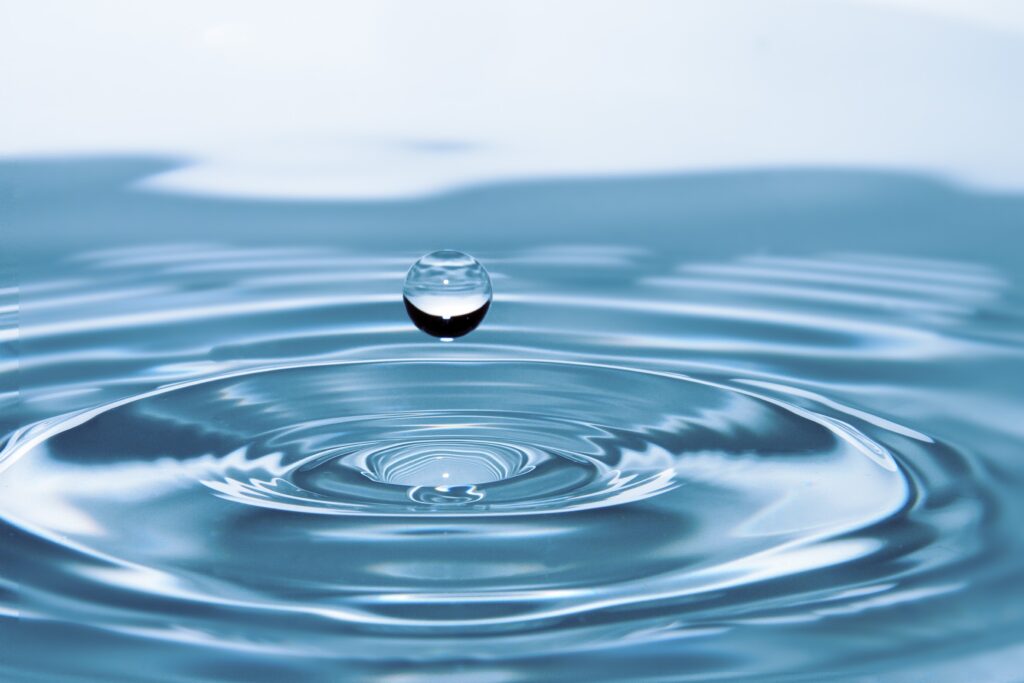
Water Use
Drinking Water
Water for human consumption must be treated to remove waterborne contaminants that cause sickness and diseases such as E. coli, Hepatitis A, and Giardia intestinalis. Other contaminants like disinfection by-products such as inorganic chemicals, organic chemicals, and radionuclides must also be removed to make water safe for drinking (CDC).
Industry & Agriculture
Water is used in industry for fabrication, processing, washing, dilution, cooling, and transportation of products. It is often also used for sanitation within the facility and is sometimes incorporated into a product. Industries that consume the most water are paper, chemical, food, and oil refinement industries (USGS). Water quality affects the quality of the products produced by industries and water with impurities can make processes such as cooling less efficient.
Water is used in agriculture for irrigation, fertilizer and pesticide application, frost control, crop cooling, and sustaining livestock (CDC). Irrigation requires clean water to avoid contamination of food products and prevent illness. Elevated levels of dissolved solids in water used for irrigation can reduce crop yields because plants cannot easily absorb water from the soil. Additionally, over time the dissolved solids can build up in soils and make the land ill-suited to grow crops (USGS). Water for livestock must also be contaminant-free to prevent illness, low-quality water can reduce livestock productivity.
Ecosystems
Fresh surface waters such as lakes, ponds, rivers, and streams are an integral part of ecosystems, yet they hold less than 0.001% of the planet’s water (EPA). All animals need water to survive, and contaminated water affects both plants and animals. Heavy metals in water can be toxic to animals and cause birth defects and cancer. Water contaminates can also cause disease in illness in animals. Poor water quality also negatively impacts plants. It can limit plant growth and contaminants absorbed by the plants can be passed on to the animals that consume them (CDC).
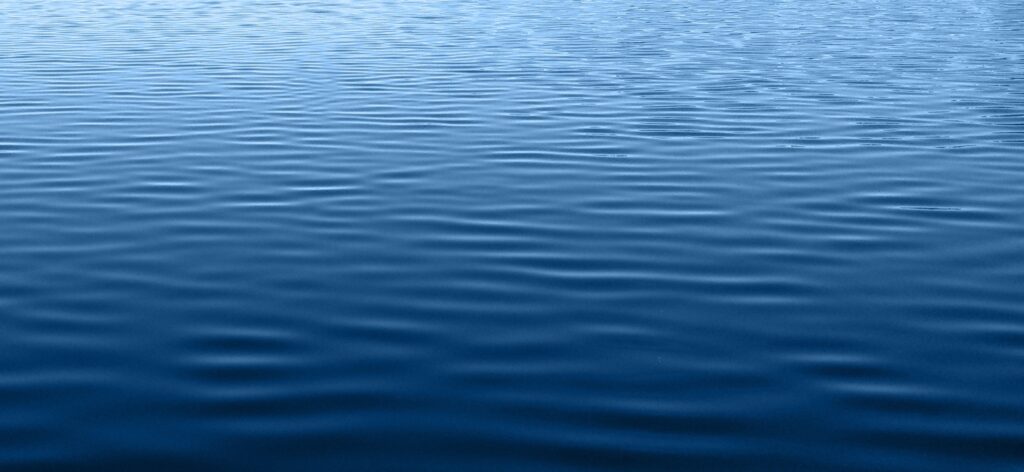
Green and Grey Infrastructure
Water capture and filtration is becoming more important and has started to play a larger role in water quality. In fact, stormwater runoff is one of the top causes of water pollution (EPA). In gray stormwater infrastructure, water flows over impermeable surfaces such as paved roads and parking lots where it can collect pollutants. Untreated water then flows out of urban environments via curbs, gutters, drains, pipes, and collection systems and into bodies of water (EPA). Conversely in green stormwater infrastructure water is absorbed into the earth instead of running into natural bodies of water. Green stormwater infrastructure uses natural processes to improve water quality by allowing rainwater to be absorbed into the ground rather than allowing it to run off impermeable surfaces where it can collect pollutants. Green stormwater infrastructure can also limit flooding by reducing the amount of stormwater and can also improve the aesthetics of an area.
Green infrastructure can be added to existing gray infrastructure by replacing pavement with permeable pavement, expanding green spaces, and adding bioswales and rain gardens. Permeable pavement can be used in parking lots, sidewalks, alleys, and other areas with lower traffic volumes to reduce impervious paved areas which cause runoff and increase water absorption. Green spaces can be added by planting trees between sidewalks and curbs or adding tree boxes in roundabouts to aid in water absorption and natural filtration. Rain gardens and bioretention can be a minimal maintenance addition to an urban landscape that helps improve the aesthetics of an area while also reducing stormwater runoff. Native plants are used in bioswales and rain gardens to reduce irrigation needs and lessen water use they can also create habitats for local wildlife improving the aesthetics of an area. With the addition of green infrastructure elements, water can be redirected from storm sewers to the bioretention areas where water is absorbed and filtered.
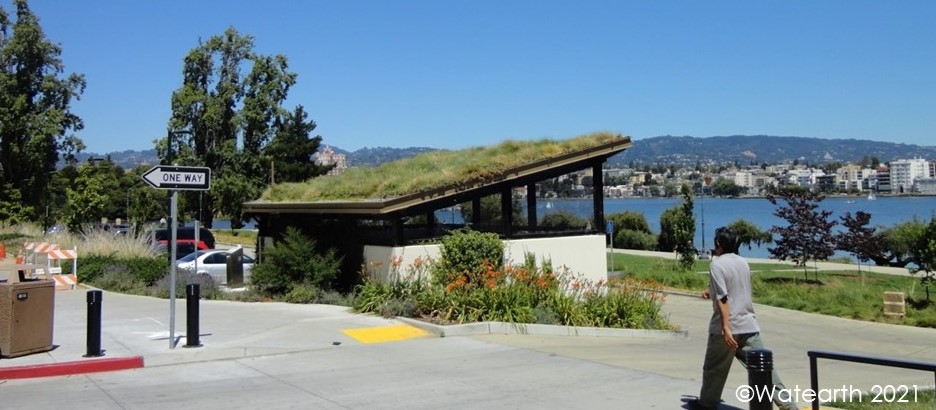
Water capture and filtration are an important part of water quality. A singular technological solution cannot solve all water supply and water quality challenges. The best overall option is to reduce our impact on the environment at a societal level while also incorporating Green Infrastructure (GI) into more projects. GI (distributed and centralized BMPs) and stream restoration can improve water quality; however, water treatment and the treatment of wastewater still play an important secondary and tertiary role in improving water quality. Additionally, groundwater may require clean-up or treatment before infiltration occurs. Watearth believes in resilient and sustainable water sources to ensure we have safe, clean water sources for years to come.
Watearth is focused on improving water quality through stormwater management, green infrastructure, and drainage planning at the site filtration and regional level. As a water quality-focused firm, we also want to develop public awareness about water quality.
Recently the Watearth team worked with Plummer on the Port of Corpus Christi Authority Drainage Master Plan which included developing a Storm Water Master Plan for the Inner Harbor and Rincon areas. We implemented GI for the new stormwater Best Management and developed GI solutions that work in conjunction with grey infrastructure. We also managed the stormwater volume and the quality of receiving waters under various growth and development scenarios. Watearth worked with the San Franciso Estuary Institute (SFEI) and the California State Water Resource Control Board (CSWRCB) on the Bay Area Regional Green Plan-It Master Plan (Prop 84 Grant). Watearth developed a GI Master Plan and performed watershed-wide GI and water quality modeling.
To read more about Watearth’s projects, visit our Projects Page. If you need assistance with a water quality or environmental project, please contact Watearth.
